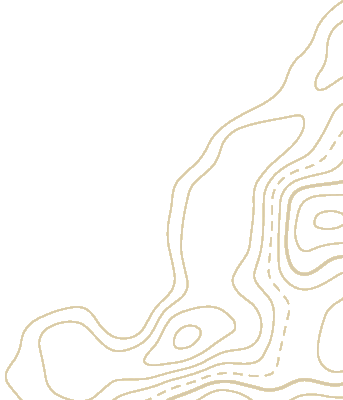

Wetlands have special plants that can survive and grow in water.
These plants provide food, nesting material and habitat for many birds, animals and insects. They are also important in helping keep to the water fresh and clean. Some plants are completely submerged; some grow under the water with leaves which float on the water surface; and others are complete emergent with waving leaves high in the breeze.
Water plants need strategies to be able to survive drying out. Many have rhizomes growing in the mud, which can keep the plant alive for a long time. Dormant seeds are another ‘trick’ water plants use to survive.
Look for bright blue, red and orange Dragonflies and Damselflies landing on the plants around the water.
Dragonflies land with their wings spread out and Damselflies have theirs neatly beside their bodies.
This causeway separates Moorhen Swamp and Reed Marsh and allows vehicles and people to move around the site.
The most common reeds you can see in this area are:
Many species of ducks feed, rest and breed in these ponds. The water grass meadows are ideal habitat for frogs and invertebrates on which many birds feed. Purple Swamp Hens and Little Pied Cormorant are regularly seen around this area.
This is also a favourite breeding place for Black Swans. They build multiple reed nests well out into the swamp and move their cygnets from one to the other regularly until they become independent.
Each year, a Jabiru or two visit towards the end of summer.
Translate now:

A Glencore Community Project